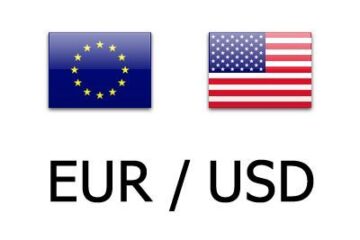The fastest inflation in nearly four decades looks to have finally hit consumer spending as December retail sales plunge amid higher prices and Omicron disruptions.
Updated at 08:47 EST.
U.S. retail sales fell sharply last month, data from the Commerce Department indicated Friday, suggesting consumers are finally starting to pullback on purchases amid the fastest inflation in nearly forty years.
December retail sales fell 1.9% from the previous month to a collective $626.8 billion, the Commerce Department said, well behind of the Street consensus forecast of flat reading, and 19.3% higher from the COVID-hit period in the fall of last year. The November total was revised modestly lower to a gain of 0.2%, the Commerce Department report showed.
Stripping out auto and gasoline sales, December retail sales were down 2.3%, the Commerce Department report noted, compared to a Street consensus of 0.3% gain, as supply shortages, Omicron disruptions and early holiday shopping took their toll on pre-Christmas activity.
Stock Market Today – 1/14: JPMorgan Slide Clips Dow, Casino Stocks Soar, Retail Sales In Focus
U.S. stock futures extended declines following the data release, with the Dow Jones Industrial Average indicating a 280 point slide and the S&P 500 priced for a 38 point retreat. Nasdaq futures were down 150 points.
Benchmark 10-year Treasury note yields eased to 1.722% following the data release while the dollar index was marked 0.05% lower on the session at 96.545 against a basket of six global currencies.
U.S. inflation accelerated to the fastest pace in four decades last month, data from the Bureau of Labor Statistics indicated Wednesday, as surging rent, used car and travel costs continue to add upward pressure to headline readings.
The headline consumer price index for the month of December was estimated to have risen 7% from last year, up from the 6.8% pace in November and the fastest rate since June of 1982, powered largely by used and new cars and surging rental costs. On a monthly basis, inflation was up 0.5%, the BLS said, with both tallies essentially matching Wall Street forecasts.


